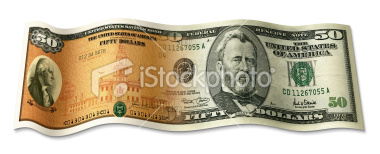Using VIX in Exposing Complacency
Using VIX in Exposing Complacency
 While much has been said about the efficacy of the VIX to expose rising fear in the market, the index also deserves at least the same amount of ink spilled for its ability to expose rising risk appetite, sometimes also known as rising complacency. The chart illustrates how the most prolonged periods of relatively low volatility coincided with a phase of rising equities, characterized by rising bullishness and heightened investor confidence in the stock market. These phases are prominently identifiable in August 1998, January 1999 through February 2000, and [ad code = 3] May 2003 through January 2007.
While much has been said about the efficacy of the VIX to expose rising fear in the market, the index also deserves at least the same amount of ink spilled for its ability to expose rising risk appetite, sometimes also known as rising complacency. The chart illustrates how the most prolonged periods of relatively low volatility coincided with a phase of rising equities, characterized by rising bullishness and heightened investor confidence in the stock market. These phases are prominently identifiable in August 1998, January 1999 through February 2000, and [ad code = 3] May 2003 through January 2007.
Phases of increased risk appetite are often accompanied by a rise in carry trades as improved confidence drives investors to borrow low yielding currencies to buy higher-yielding currencies, equities, and commodities. Currencies of current account deficit countries are said to be riskier and hence pay high interest rates. Conversely, rising risk appetite is correlated with a decline in low-yielding currencies such as the Japanese yen and Swiss franc.
Aside from improved risk appetite and intensifying advances in equities, the initial decline in the yen had been especially magnified by the prevailing interest rates landscape. By the end of 2004, all major central banks with the exception of the European Central Bank and Bank of Japan had begun raising interest rates following the easing campaign of 2001–2003. As they announced their rate hikes, the Federal Reserve, Reserve Bank of Australia, and Reserve Bank of New Zealand were signaling further increases as part of their commitment to contain inflation. This further emboldened investors to reap the widening interest rate differential relative to the paltry 0.25 percent in Japan.
By the end of 2006, interest rates in the United States, Canada, Australia, New Zealand, and the United Kingdom were raised to 5.25 percent, 4.25 percent, 6.25 percent, 7.25 percent, and 5.00 percent respectively. Even the European Central Bank and the Swiss National Bank had joined the global tightening campaign, lifting their rates to 3.5 percent and 2.00 percent respectively.



